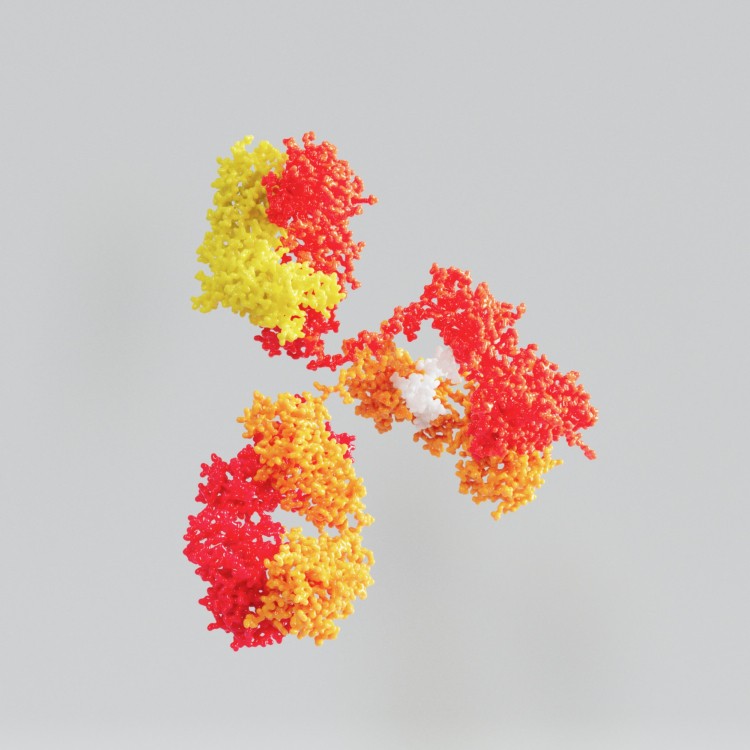

T1553/19: Broadest scope of a claim with negative statements is the narrowest reasonable interpretation of the negative statement
The appeal of the Patentee [P] was lodged against the interlocutory decision of the Opposition Division [OD] to maintain EP2337805 in amended form on the basis of Auxiliary Request 1 [AR1] filed during oral proceedings. The OD decided the Main Request [MR] would be novel over D1, but would lack novelty over D5, while AR1 was held to meet the requirements of the EPC.
The Appellant Patentee [AP] filed Grounds of Appeal with the same MR and subsequently an AR1 as the ones on file in first instance. The relevant pieces of claim 1 of the MR read as follows:
‘“Polymerizable liquid compositions of polyurethane type made up of two components (A) and (B), where component (A) contains at least … in the presence of an acid phosphate ester catalyst, between …; the second component (B) contains … in absence of polyalkoxylated tertiary diamines and metal organic catalysts, said components (A) and (B) being present in weight ratio varying between 1:1 and 2:1; said polymerizable liquid compositions further comprising an acid phosphate ester catalyst".
Claim 1 of AR1 differed from the MR in that the underlined end part of the MR was amended by additionally specifying that the acid phosphate ester catalyst contained therein must be according to formula (I) or (II) and should be present in a specific amount.
First instance decision
The discussion on novelty and inventive step of claim 1 concentrated on the interpretation of the term ‘’metal organic catalyst’’. The OD decided claim 1 of the MR was novel since the term ‘’metal organic catalyst’’ was not well-defined in the art. The OD interpreted, in view of paragraphs 44 and 45 of the patent specification, the feature “metal organic catalyst” in its broadest sense: as meaning “any compound having a metal atom bound to an organic group“. The OD found that the presence of the compound ‘’tetrabutyl titanate’’ was excluded from the polymerisable composition being claimed due to the requirement "in absence of (...) metal organic catalysts". Claim 1 was consequently considered novel over D1.
Reasoning of the Board
The Board considered that the passages of the patent relied upon by AP neither provided a clear and unambiguous definition of the term "metal organic catalyst" (that term is in fact not disclosed per se in the whole patent specification, apart from the claims), nor specified that tetrabutyl titanate is a "metal organic catalyst". In the Board's view, these paragraphs merely specify which catalysts are conventionally used in the art. The Board found it cannot be concluded that, even if the skilled person considered paragraphs 45 to 47, he or she would conclude that tetrabutyl titanate must not be present in the compositions being claimed.
Claim interpretation
According to established case law, the normal rule of claim construction is that the terms used in a claim should be given their broadest technically sensible meaning in the context of the claim in which they appear. This means that, in the present case, the broadest meaning of the feature "in absence of (...) metal organic catalyst" had to be established.
In that respect, the Board considered that the feature "in absence of (...) metal organic catalyst" may be read in at least two ways.
- Broadly. In view of its literal wording, the feature may be read as excluding the presence of “any compound having a metal atom bound to an organic group”. Following that reading, the compositions according to claim 1 do not encompass tetrabutyl titanate.
- Narrow. The feature may also be read as excluding only the presence of compounds comprising a metal-carbon bond from the compositions being defined in claim 1. According to that reading, the compositions according to claim 1 can very well encompass tetrabutyl titanate.
The normal rule of claim construction of reading a feature in its broadest technically meaningful sense corresponds to determining the broadest scope encompassed by the subject-matter being claimed. Consequently, the Board found that (2) was the correct way to read the feature and that in the present case claim 1 lacked novelty over D1.
In the case of a feature defined in a positive manner, which imposes the presence of a specific element, determining the broadest scope of the feature is achieved by giving to the element in question its broadest technically sensible meaning. However, for a feature defined in a negative manner, which excludes the presence of a specific element, the broadest scope of the claim thus corresponds to the narrowest (i.e. most limited) technically sensible definition of the element to be excluded. Applying that concept to the present case meant that the broadest technically sensible reading of claim 1 is obtained by reading the components to be excluded ("metal organic catalysts") in the most limited way.
Claim 1 of AR1 was further limited than claim 1 of MR in terms of the acid phosphate ester catalyst and was found novel and inventive by the Board.
Decision
The Board decided that the decision under appeal is set aside and the case was remitted to the department of first instance with the order to maintain the patent in amended form on the basis of the claims of AR1.







